Duluth, GA 30097
United States
Barco
Model: ClickShare CX-30

To mark this transition, we caught up with two radiologists from AZ Groeninge Hospital in Belgium, from different generations, to better understand the generational variances between radiologists in the field, and the similarities that make the profession unique.
To start with, can you please explain your current role and daily responsibilities?
Vincent Herpels: As a practicing radiologist, my role largely revolves around the interpretation of standard diagnostic images, CT-scans and ultrasonography. I specialize in the examination of abdominal and thoracic imaging and I often perform non-vascular interventional procedures under US- or CT-guiding. During the weekly interdisciplinary meetings, a nuclearist accompanies me to interpret PET-CT scans, which is the combination of a CT-scan and a nuclear exam.
Tom Matton: After completing medical school two years ago, I’m currently working as a resident radiologist. I don’t have a specialty area as yet, rather switching between several disciplines to absorb as much knowledge as possible. In order to be fully qualified, I need to complete five years of practice as a resident radiologist, after seven years of medical school (in Belgium).
What was it that motivated you to enter the radiology profession?
Vincent: Visualizing and recognizing pathological patterns is the dominating task within the profession of radiology. A visual memory is therefore an extremely valuable tool, which I happened to use frequently to solve problems. This led me to choose medical imaging as a specialization in which I could easily tackle challenging readings and formulate the most suitable diagnosis. A visual retention – and of course the ability to make a difference in a patient’s care plan and treatment – is what attracted me most to the profession.
Tom: My desire to join the radiology profession was largely due to the diagnostic component. Radiology is a very broad discipline, and there’s an opportunity to see cases across a wide range of pathologies. Radiologists work with everyone, from pediatrics right through to the trauma team. I find this diversity very appealing.
What’s your favorite part of the job?
Vincent: During my formation, I really enjoyed working alongside an interventional radiologist. In these situations, we use (radiological or ultrasonographic) image guidance to precisely target diagnosis and subsequent therapy (and sometimes prevent surgery!). For example, if a patient presents with a peripheral nodule in the lung, there is a need to know whether it is benign or not. We can answer this question by puncturing the nodule with a needle under imaging control. Performing interventional procedures is exponentially growing and it has become part of my daily schedule.
Tom: Playing a key role in the diagnostic process is my favorite part of the job. As a radiologist, you don’t just work with doctors, these doctors rely on you and they count on your expertise. I like being in a position to make a meaningful diagnosis that can make a real impact on patient outcomes.
What do you see as the most important skills to have in the radiology profession?
Tom: Having good spatial orientation is really important as you’re looking at 2D and 3D images every day. Notable problem solving skills are also essential so you can respond in difficult cases and provide the best advice to clinicians. Good communication skills is also becoming more of a requirement – it’s important for radiologists to communicate clearly with physicians, patients and colleagues.
Vincent: I agree with Tom. All of the skills mentioned are important in the radiology profession. I also think an eagerness to learn is a necessary trait. Are your understanding and expectations of the radiology profession the same now as before you started?
Are there any aspects of the job that have surprised you?
Tom: I must admit that it is more difficult than I expected. Radiologists have an interdisciplinary role so there’s a need to acquire an in-depth knowledge across multiple disciplines. There are different types of investigations and there’s a need to become comfortable and confident with all of these. I think overall, the responsibility of radiologists and the level of knowledge and expertise required is underestimated.
Vincent: The profession has changed so drastically from when I first started. It’s impossible to compare it with its current state. At the time, I couldn’t have imagined just how tremendously science and technology would be evolving in the following era. It also requires us to be up-to-date at all times and to provide additional visual material for clinicians. It has paved the way to a very diverse and stimulating career.

Create Spaces
623 S Americana Blvd, Boise, ID 83702
Boise, ID 83702
USA
2083850507
https://createspaces.com/

